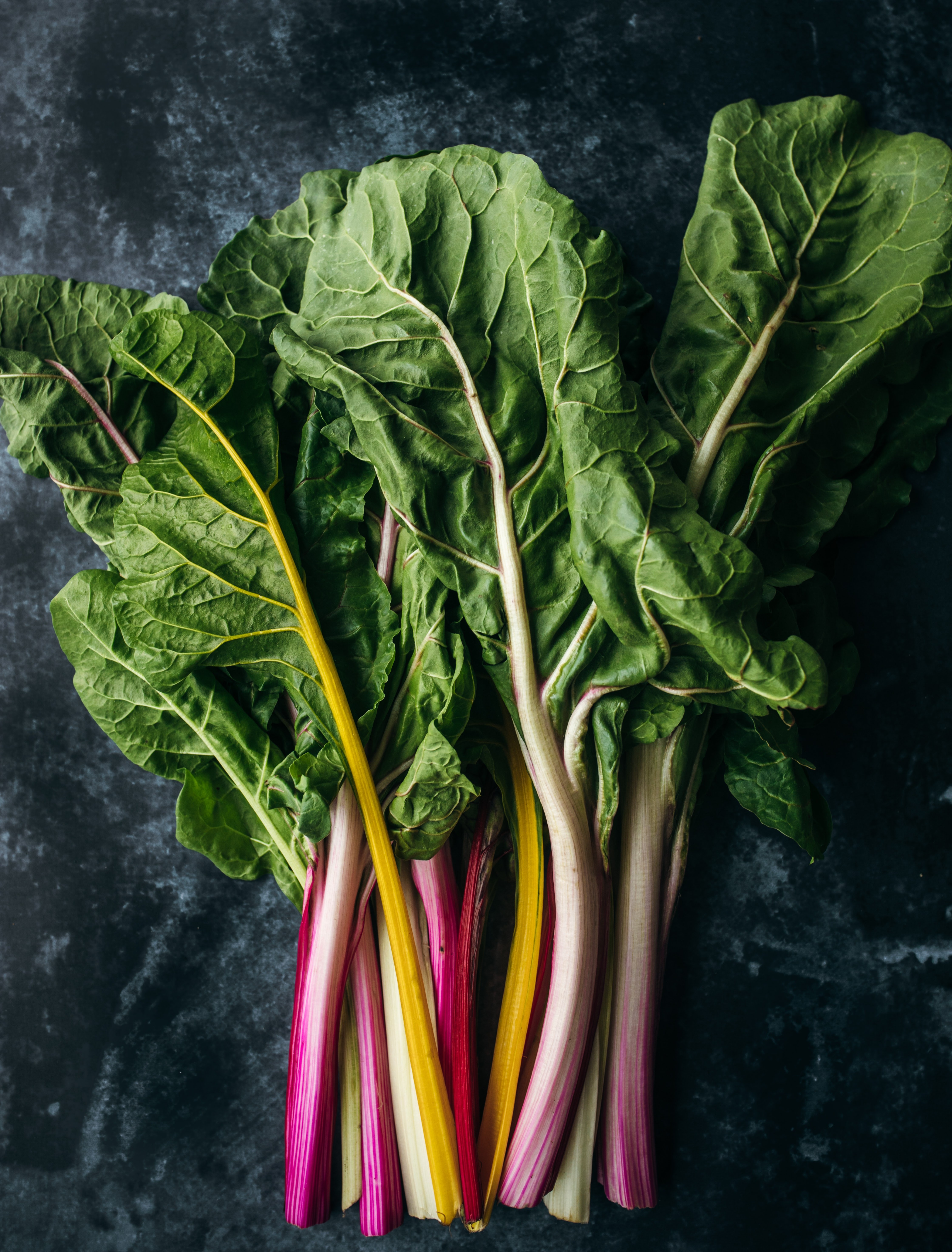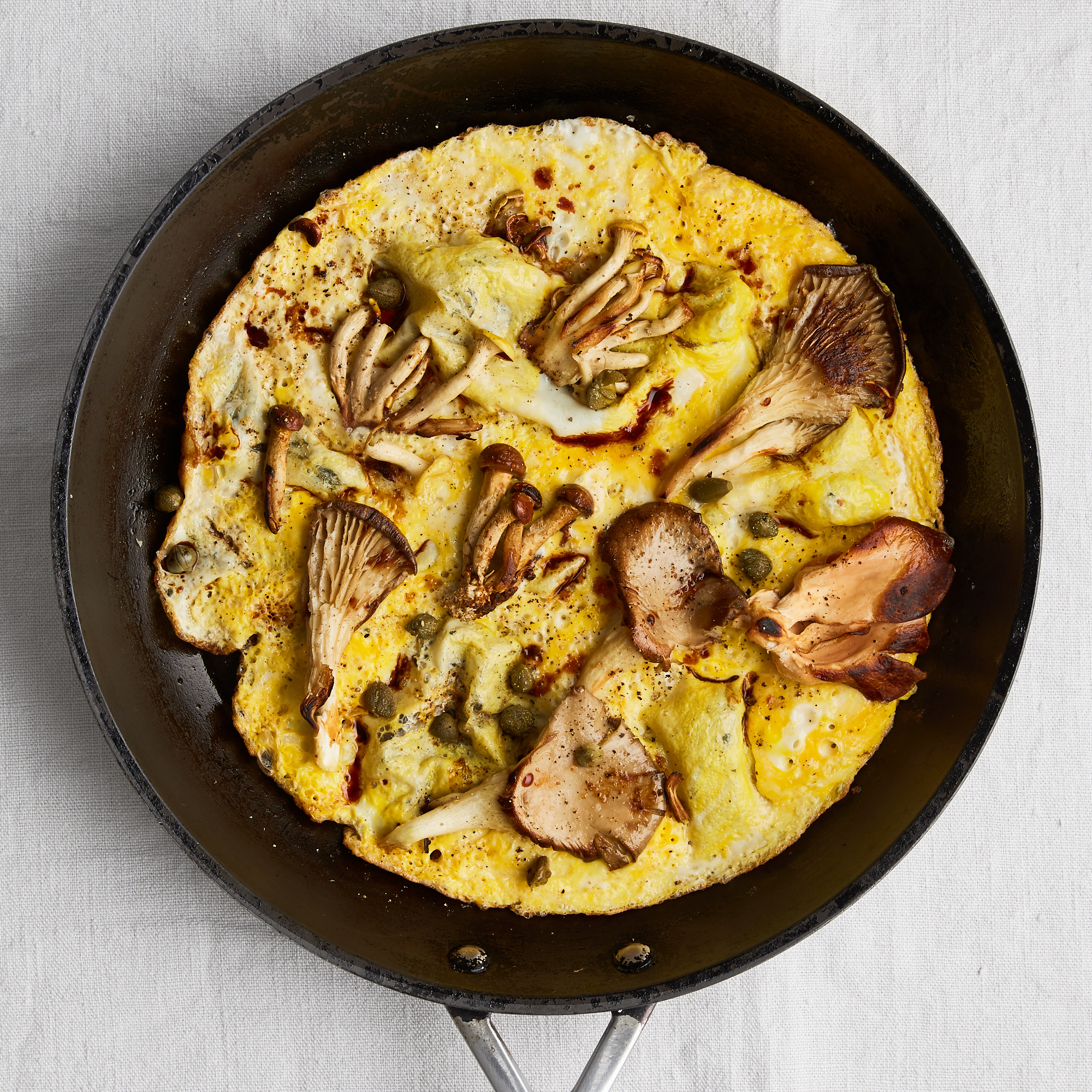17 May, 2017
How to Cut Down on Food Wastage
Collectively we need to work to reduce our food waste, as businesses and individuals. With household food wastage accounting for 53% of total food waste, there is a lot we can do as individuals to make a change. Here are our top tips for minimising wastage.
PlanetMPs from cross-party Environment Food and Rural Affairs Committee (Efra) have called for a legally-bound target for food waste reduction in England. Efra chair Neil Parish states "One third of food produced for human consumption is lost or wasted globally, 60% of which could be avoided. Economically, food waste costs households hundreds of pounds a year and causes increased disposal costs to local authorities, pushing up council tax. Socially, it is a scandal, and environmentally, it is a disaster."
On a similar note, new figures from Wrap, the government’s waste advisory body, have shown that British families are throwing away 1.4 million bananas that are perfectly good to eat every day at a cost of £80m a year. That’s a lot of bananas.
Collectively we need to work to reduce our food waste, as businesses and individuals. With household food wastage accounting for 53% of total food waste, there is a lot we can do as individuals to make a change. So here are our top tips for minimising wastage:
- It sounds obvious, but try being conscious of your food waste. Do you regularly cook too much rice and end up throwing a load away? Next time remember to cut down. It's all about portion control!
- Think before you shop. We’re big fans of lists at Detox Kitchen, without a plan in mind you’ll be grabbing the ‘special offers’ at the end of the aisles, not ingredients that you need! Plan your meals ahead and make a list of foods you actually need.
- Keep the skin on! Vegetables with thick skin like butternut squash and sweet potato are just as delicious with their skin on. The skin of butternut squash is packed full of vitamin A, potassium and fibre, excellent for your skin and digestive health. Rather than removing the skin, leave it on for added flavour and texture.
- Make the most of the ingredient. Too often we throw away parts of vegetables and cuts of meat we feel we can’t use. The stems of broccoli and cauliflower leaves are delicious roasted or cooked in stews and curries, and any leftover veg can be used for juices, soups and broths.
- Repurpose leftovers. Lots of leftovers can be made into sauces or dips. If you’ve got leftover beans or pulses, mash or blend with some garlic, lemon juice and oil for a hummus-style dip. Slightly over-ripe avocados are great for guacamole, and tomatoes and any veg can go into a home-made salsa.



